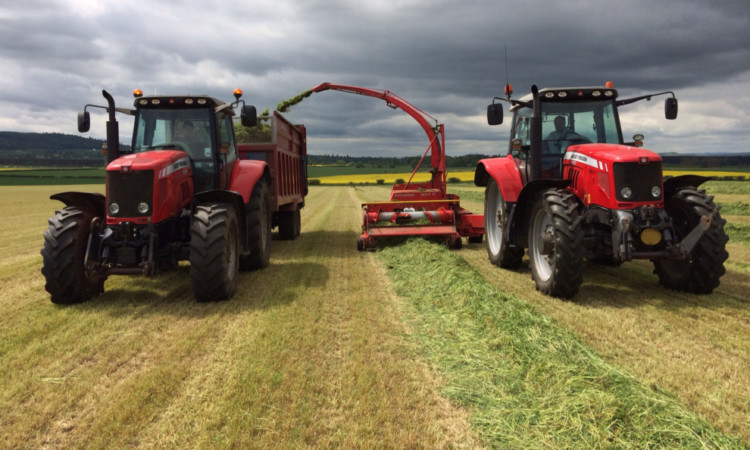Scots livestock farmers are being urged to treat grass more like a cereal crop to maximise its full potential.
According to agricultural consultant Watson Bell, beef and sheep farmers must take inspiration from their dairy counterparts and maximise the use of grass and home-grown forage on their farms.
“Grass to a large extent has been the poor relation of farming,” said Mr Bell at the GrassTech event at Plewlands, Duffus, Elgin.
“The advances over the last 30 years, in which I have been in Moray in cereal production, have been enormous. Grass and grassland management, on the other hand, has not moved at the same pace.”
All too often, said Mr Bell, the association between good grass and livestock output is for many too remote to fully appreciate.
“With dairy cows the time lapse between grazing or consuming silage and its reflection in output is less than 24 hours,” added Mr Bell.
“With sheep it is at best six months and for beef cattle it could be two years, during which a myriad of other inputs and influences have affected the final output.”
He said it was no surprise that in general the best-managed grassland farms were dairy farms.
“Dairy managers are immediately conscious of the effect which grass has on their profitability; beef and sheep producers would benefit from a closer understanding of that relationship,” said Mr Bell.
He said the recent political furore over rough grazing region payments under the new Common Agricultural Policy (CAP) regime, which is expected to be announced next month, highlighted how farmers were more focused on the definition of grass on their subsidy form than the importance of it on their farm.
“Farmers have been ploughing up old grass, removing whins and reseeding not because it will make their livestock enterprises more efficient but because they were scared the might lose out on annual subsidy when the CAP changes come in next year,” said Mr Bell.
He urged farmers to stop focusing on what category of grass will get them a higher payment under the new CAP regime and instead focus on getting back to the fundamentals of grass establishment and grassland management.
“Your business and farming in general will be the beneficiary,” he said.
